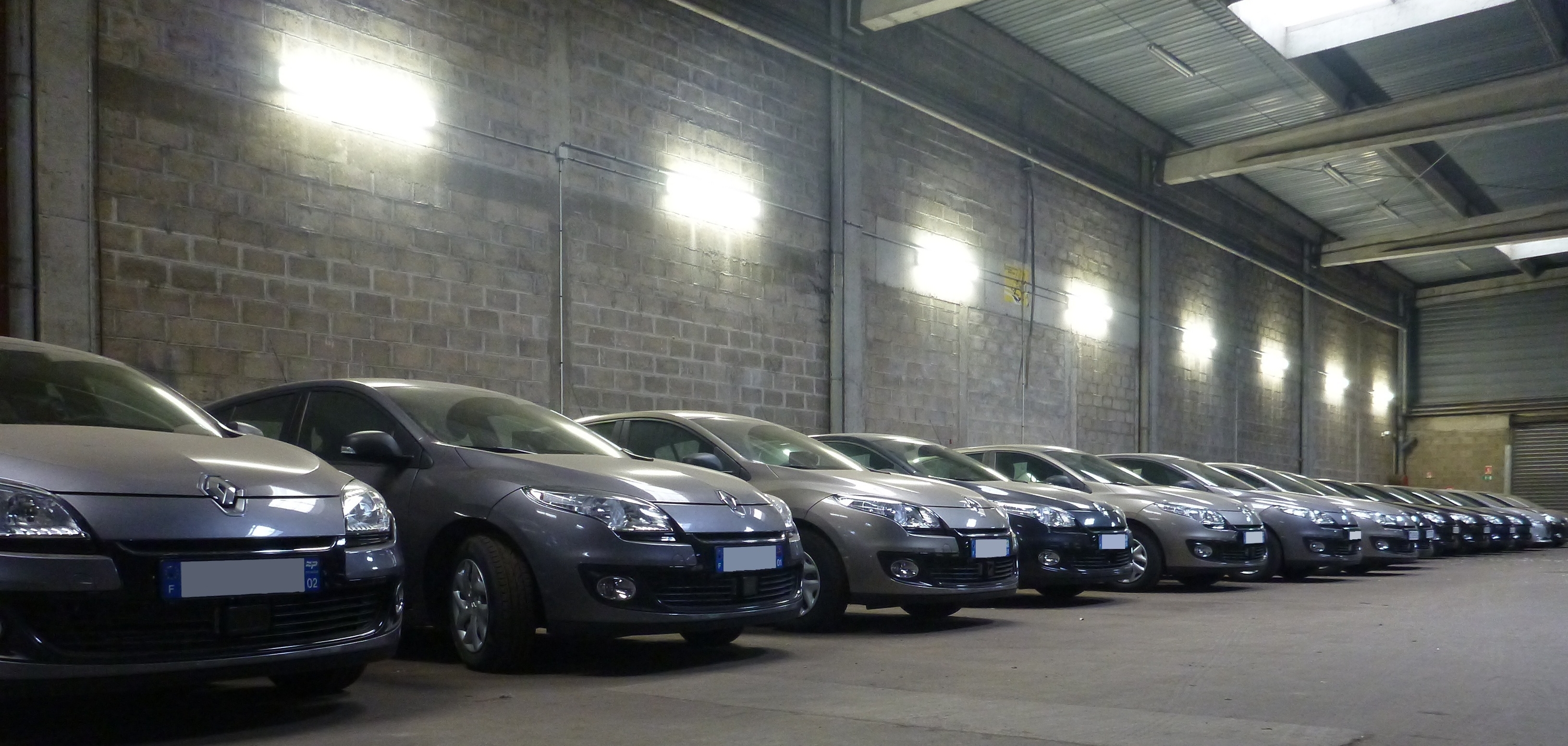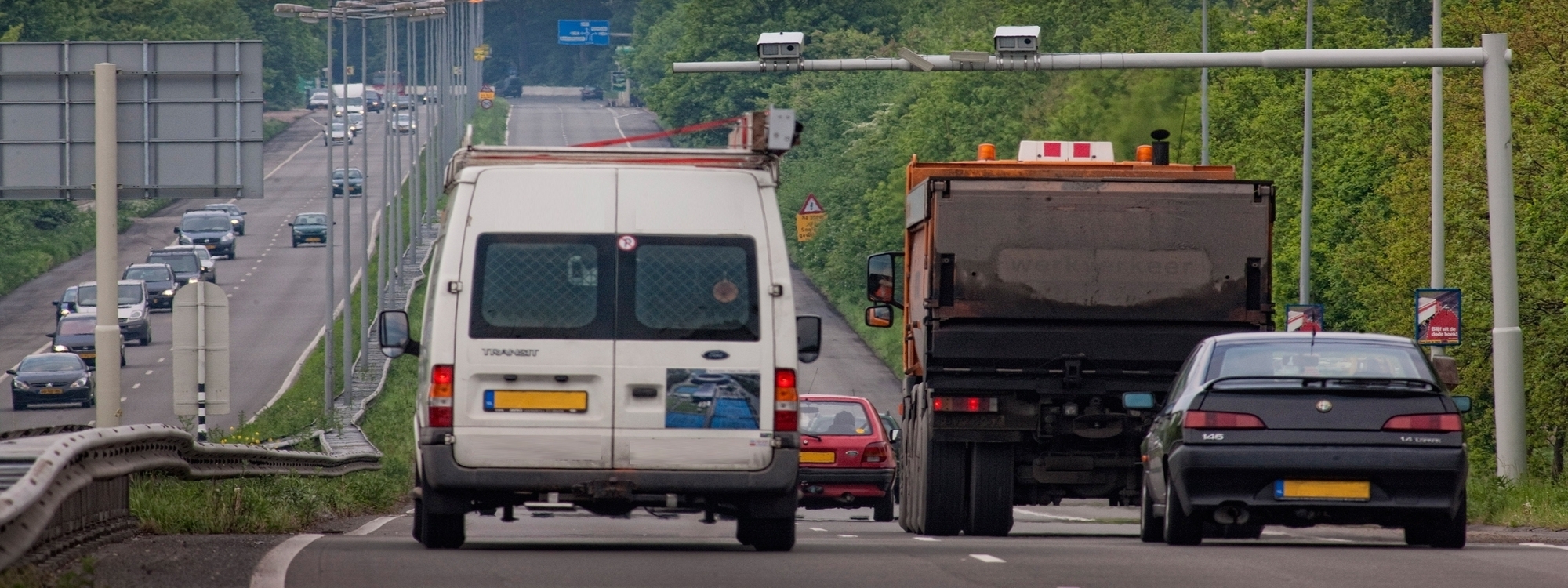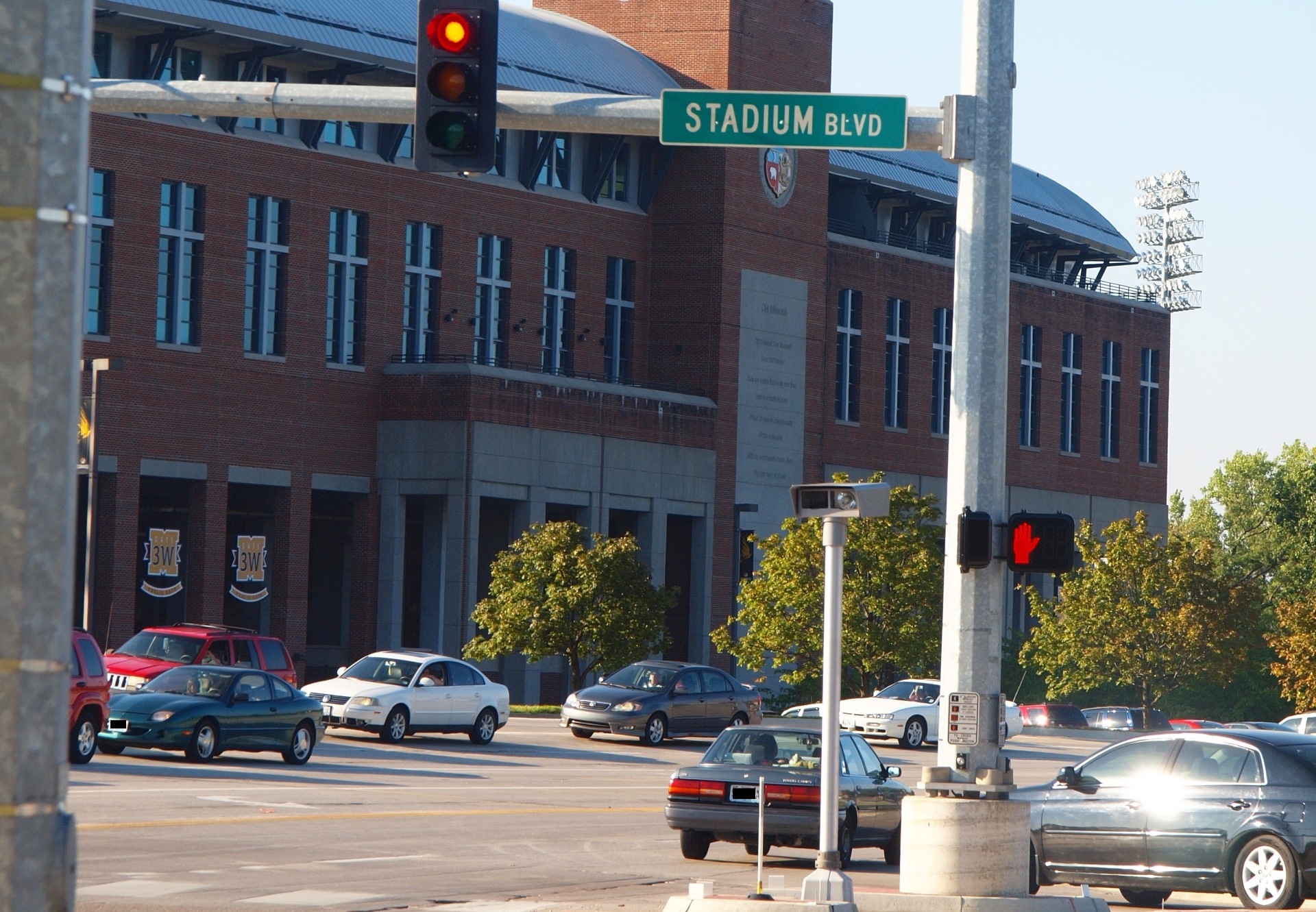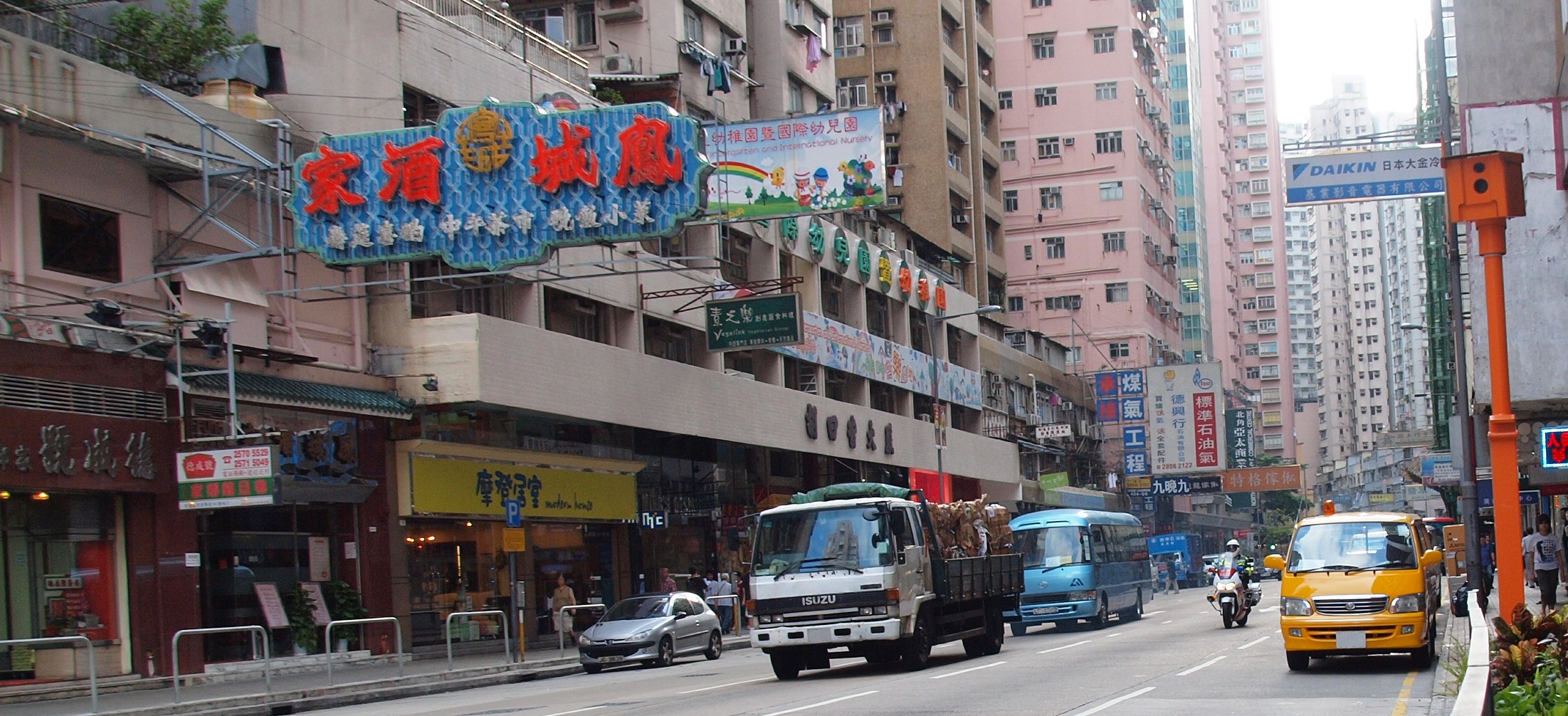
The wide-ranging benefits of Section Control on the A2 motorway between Amsterdam and Utrecht
Reduced exhaust emissions, less traffic noise and improved road safety
More traffic, less noise and congestion, lower exhaust emissions
The A2 is the main traffic artery between Amsterdam and Maastricht, in the extreme south of the Netherlands. Its busiest section is located between the main cities Amsterdam and Utrecht. Since the road was put into use in 1954 the volume of traffic on this section has increased by more than 1800% to a staggering level of 200.000 vehicle passages each day, a number which is expected to grow even further in the years to come.
Due to strict environmental regulations the much needed expansion from 3 to 5 lanes could only be realized if the expected increase in traffic noise and emissions could be kept under control. Studies showed that this was only possible if all traffic would adhere to a strict speed limit. But how do you preserve the environment and improve road safety at the same time? Sensys Gatso provided the solution with the innovative T-series Section Control System.
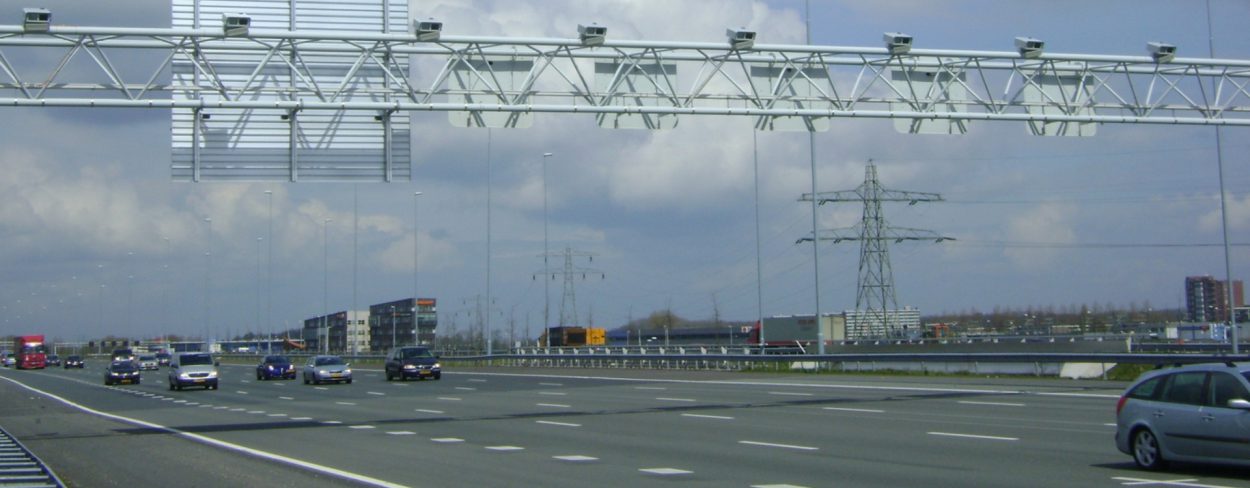
So much more than just an enforcement system
Before the expansion of the A2 motorway, it was agreed with all stakeholders, especially with the adjacent municipalities, that the current speed limit of 120 km/h would be lowered to 100 km/h and that this limit would be effectively enforced. The related road safety improvement would be an additional benefit.
The LPTV (the traffic department of the national public prosecutor) entrusted with the task was under strong pressure from the stakeholders to start enforcement. They knew from experience that traditional speed enforcement programs with spot speed camera systems are just not enough when the goal is to effectively reduce traffic noise and exhaust emissions. To benefit the environment a low speed limit is preferred, but this alone would not improve the traffic flow. The solution: a variable speed limit, resulting in a speed limit of 100 km/h during the day and 130 km/h in the evening and night. Enforcing the speed limit over an extensive stretch of motorway using section control, based on average speed measurement, results in a calm and steady flow of traffic. Less acceleration and deceleration results in lower emissions and less pollution; the main objective of this programme.. Additionally, roads are safer when everyone is driving roughly at the same speed.
For this the LPTV needed a reliable solution to enforce the speed over the entire length of the widened motorway, with the highest detection probability possible, but without cutting up the brand new asphalt road surface for the installation of invasive detection equipment.

Overcoming challenges
The LPTV was very pleased Sensys Gatso could easily switch to cellular networks when the planned use of a fiber network would result in a serious delay. The section control system, which included 44 cameras on 6 gantries, was supplied within the desired timeframe. It is capable of measuring the average speed of over 90 percent of all passing traffic on the 30 km stretch of motorway - with non-invasive detection thus leaving the new motorway road surface intact.
The system is now operational 24 hours a day / seven days a week under all weather conditions. Here the availability requirements of 98% are even surpassed and stand at 99%. Additionally, the outstanding ANPR performance and excellent image quality allow more than 90% of the violations to be processed fully automatic. This means there is no human involvement from the moment the violation is registered until notification delivery.
Moreover, because of the high profile of the enforcement project, it is very important to the LPTV that the system properly recognises the various vehicle types based on the applicable legal speed regime. This was achieved by including laser based length measurement, effectively distinguishing passenger cars from - lower speed allowed - trucks and cars with trailers.
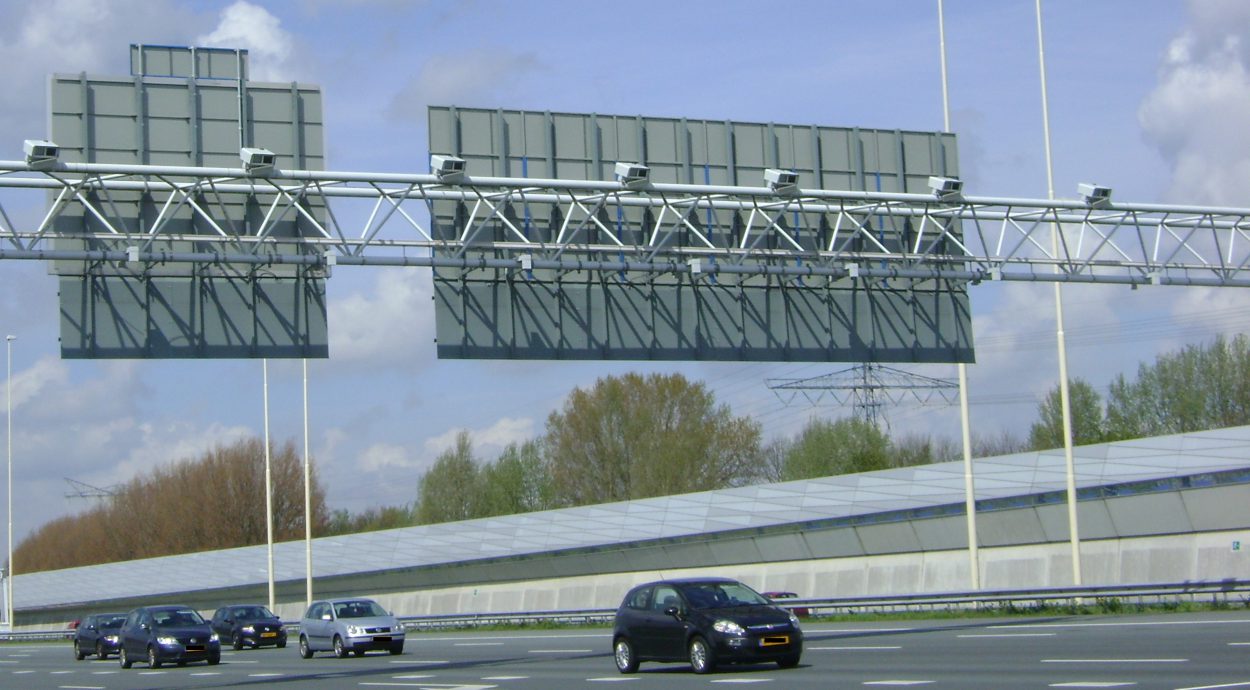
Key Features
- Sensys Gatso T-series Section Control Average Speed Enforcement
- Supply, installation and management of 44 cameras over 6 gantries operating 3 separately enforced sections
- Stretch of 30 km of motorway speed enforced
- Non-invasive Loopless Trigger Radar (LRT) prevents installation of detection equipment under asphalt road surface
- Tailor-made ANPR software delivers a read rate of more than 90% with an error rate of 0.01%
- Fully automatic processing from violation registration to notification delivery, no human involvement required
- Versatile and customisable Xilium software management interface

Flexible access
The contract with the LPTV includes 8 years of service and maintenance, which is executed using the Sensys Gatso Xilium software. This cloud based solution is also directly available to the LPTV e.g. to adjust speed limit settings and put the system into enforcement mode.
Road users on the A2 were used to the higher speed limit of 120 km/h. With the new mostly lower limits combined with more lanes, speeding would be tempting. Shortly after enforcement started, speeding nevertheless dropped to around 1% of the 90.000 vehicles that traverse the section each day.
Project profile:
- Project: Section control A2
- Client: Traffic Department of the National Public Prosecutor - LPTV
- Solution: Sensys Gatso T-Series Section Control Average Speed Enforcement

